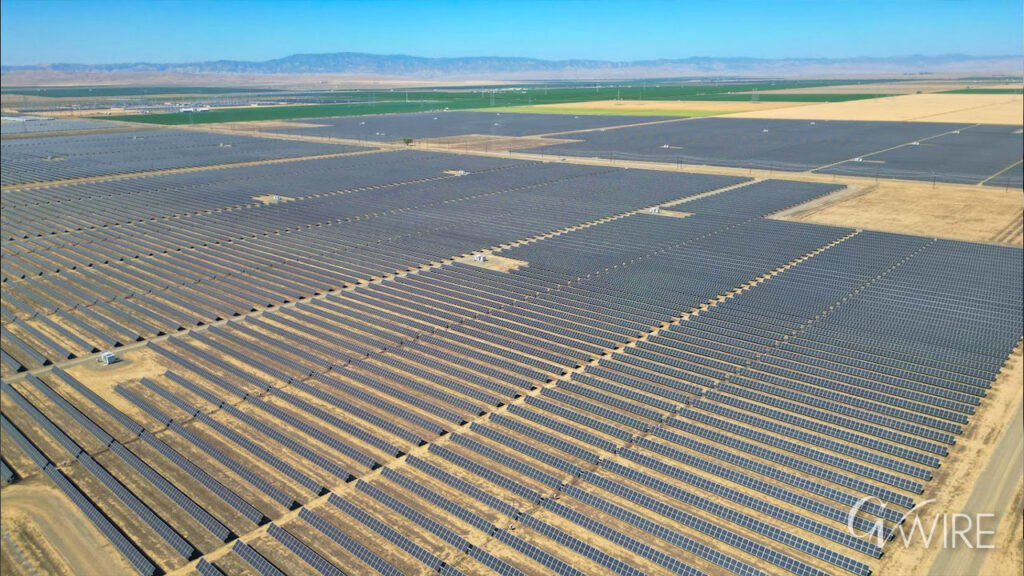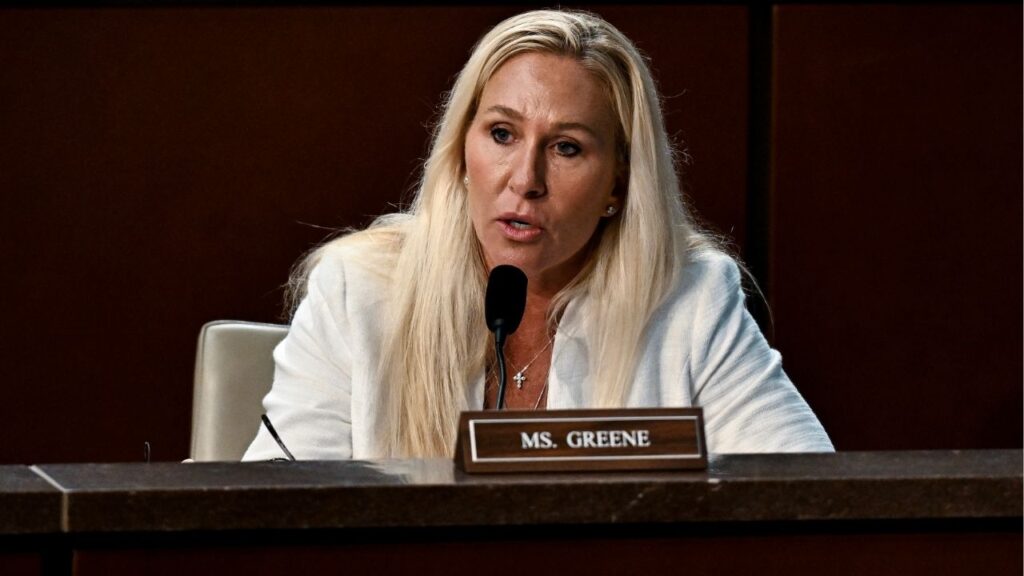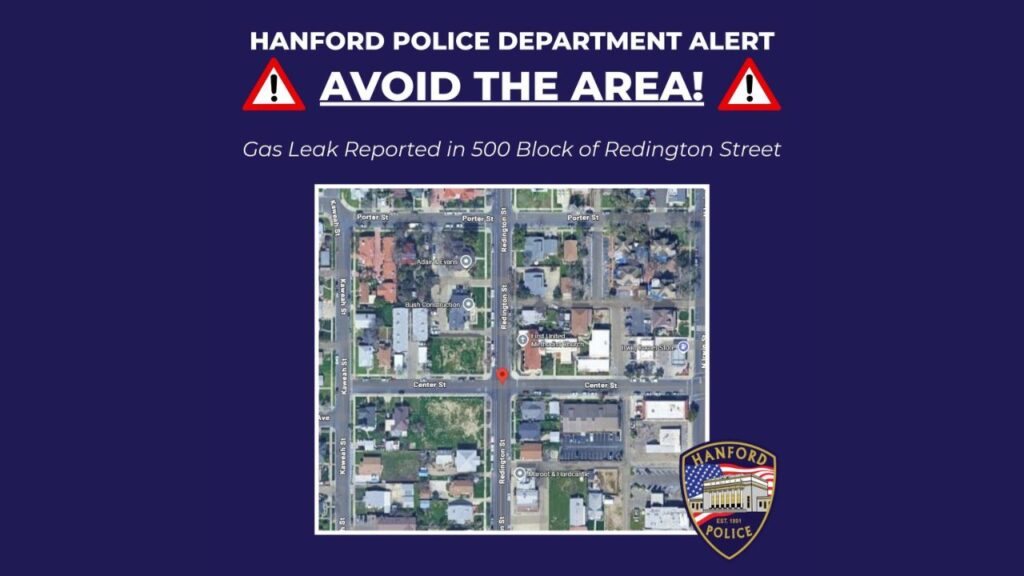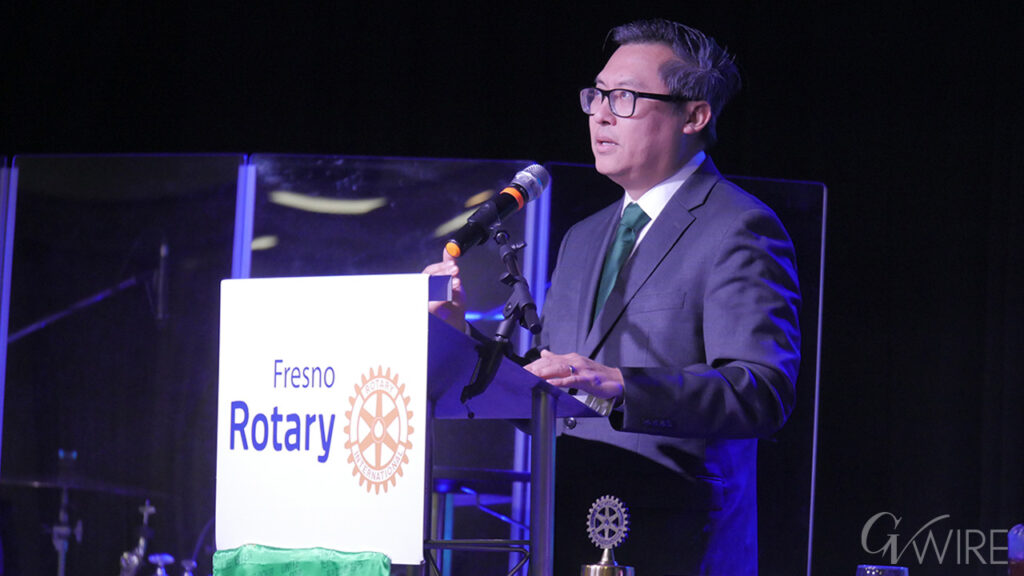Share
|
Getting your Trinity Audio player ready...
|
California faces a multi-pronged dilemma: the state wants to wean residents off of carbon-based fuels, including natural gas for home heating and cooking, to reach its goals of reducing greenhouse gas emissions. But that’s been a hard sell while electricity continues to cost significantly more than natural gas.
At the same time, the state Legislature has set a social equity goal to ease the burden of high utility rates on lower-income residents, who pay a higher proportion of their household income to keep the lights on.
Assembly Bill 205, which the legislature passed in 2022, attempts to address that dilemma by mandating the creation of income-based fixed charges for electricity that will lower bills for low-income customers.
Advocates said the law will help the state close equity gaps while also increasing electrification statewide. Decreasing the cost of kilowatt-hours would encourage consumers to use more electricity to charge their cars, heat their homes, and cook their meals.
The fixed charges would cover some or all of the electric grid’s fixed costs that include power line maintenance, energy efficiency, and wildfire prevention, and that are now woven into kilowatt-hour usage costs in utility bills. Customers would still be responsible for paying for their electricity usage, although at rates lower than today’s rates that include the grid’s fixed costs.
The details will be hammered out in coming months by the Public Utilities Commission. AB 205 requires the PUC to issue its income-based fixed charge decision by July 1, 2024. Implementation would come after that.
But opponents are saying that there are many flaws in the planning process and the proposals, which uniformly set higher fixed rates for higher-income households to offset the lower rates for lower-income consumers.
How Will Utilities Find Out How Much a Family Makes?
Probably the biggest hurdle that the utilities will face is obtaining the income information that utility companies will need when assigning customers to different fixed charge tiers, says Alexis Wodtke, a Pacific Gas and Electric customer in Oakland and retired attorney who filed a successful motion to be a party to the proceedings as a private citizen.
“They’re not going to be able to get the income information from customers,” she said. “They’re (customers) generally outraged by the possibility that somebody is going to come knocking on their door and say, ‘Tell me how much you make.’ They aren’t really dealing with that part.”
If the state wants to assist low-income families with high energy costs, the state should develop programs to do so instead of messing with utility rates, Wodtke said.
The California Senate Republican Caucus, meanwhile, issued a warning that the income-generated fixed charge decision by the PUC could result in a disaster similar to the state’s deregulation efforts in the late 1990s that, instead of lowering energy prices, led to spiking prices, power blackouts, and ultimately contributed to the recall of Gov. Gray Davis.
Instead of lowering costs for lower-income families, the fixed-charge proposal submitted by the state’s “Big Three” utility companies — Pacific Gas and Electric, Southern California Edison, and San Diego Gas & Electric — could have the opposite effect, the senators said in a letter to PUC president Alice Busching Reynolds in April.
Multiple Proposals Under Consideration
The proposal from the utilities companies has four income level tiers for each of the three companies. In the PG&E tiers, customers enrolled in the California Alternate Rates for Energy Program (CARE) program whose incomes are 100% or less than the federal poverty level would pay $15 monthly, while all other CARE and customers enrolled in the Family Electric Rate Assistance Program (FERA) would pay $30. Customers whose income is between 100% and 650% of the federal poverty level would pay $51 monthly; over 650%, $92 monthly.
A fifth of all Fresno County residents are at or below the federal poverty level.
The amounts would vary across the tiers. For example, Tier 4 customers in San Diego would pay $128 a month.
What About Homes With Solar?
The joint proposal from PG&E, SCE, and SDG&E isn’t the only one on the table. Consumer groups such as the Sierra Club, TURN — The Utility Reform Network, the PUC’s Public Advocates Office, and the Solar Energy Industries Association also have submitted proposals to the PUC.
Not surprisingly, the solar industry wants to keep fixed charges for all consumers at a low cost, arguing that solar customers have already made the investment in panels and batteries to generate and store solar power, and thus should not get hit with a higher fixed charge because they have a higher income.
The solar industries association’s fixed charge proposal for PG&E customers would be $4.93 monthly for households enrolled in CARE, $7.45 for families enrolled in the FERA program, and $9.09 for everyone else.

From Zero to $128
Other proposals have a much wider span among the proposed fixed charges. Environmental and social justice organizations have submitted charges that range from zero monthly for low-income households and families enrolled in CARE and FERA, to as much as $128 for high-income households in San Diego.
The California Environmental Justice Alliance is proposing no fixed monthly charge for all CARE customers, no matter their income level or the type of rate plan they are using, and for all customers who make less than $100,000 annually. Customers who earn between $100,000 and $200,000 would pay $6.15 monthly if they are on the basic rate plan, and a few cents less if they are on time-0f-use or electric rate plans. But customers making more than $200,000 annually would pay $61.46 monthly on the basic rate plan, and 20 cents to 30 cents less on the other plans.
Incentive to Disconnect From Natural Gas
In addition, CEJA’s proposal includes a discount to encourage customers to disconnect entirely from natural gas. Customers with incomes of less than $500,000 would get a 100% discount on their fixed charge starting in 2030 that would gradually decrease to no discount by 2035. Customers who make more than $500,000 would get a 50% discount the first year, gradually decreasing to no discount by 2035.
The Sierra Club proposal has five tiers. PG&E CARE/FERA customers would pay $2.85 a month; below-average income customers would pay $11.98; moderate income, $19.47; high income, $49.62; and upper income, $98.61. Compared to proposals for the other big utility companies, PG&E customers would be getting a bit of a price break — San Diego Gas & Electric upper-income customers would pay $128 per month.
Below-average income is defined as at or below 80% of the area median income, estimated as more than $50,000 but less than $100,000. Moderate income is less than 125% of the area median income, or between $100,000 and $150,000. High income is less than 200% of AMI, or $150,000 to $200,000, and upper income is above 200% of the AMI, or above $200,000.
Basing charges on an area’s median income would reflect the higher costs of living and higher household incomes in some parts of the state.
Other Proposals
The National Resources Defense Council/TURN proposal has three tiers: Low-income CARE and FERA customers would pay $5 a month, households with incomes of up to $150,000 would pay $41 monthly, and households with incomes greater than $150,000 would pay $62 monthly.
Mark Toney, TURN’s executive director, says consumers need to know that the proposals are supposed to be revenue neutral, meaning that the utility companies will get the same amount of money as before the rate plan redesign. In other words, the amount that the utility companies collect in fixed charges and for electricity usage should generate the same amount of revenue as the current rates, he said.
“The most important part is bill impact. What’s the bill impact going to be? And so, you know, because a lot of times people focus on how much is the charge without realizing that, you know, that’s only half the equation. The other half is that your usage charge is going down,” Toney said.
TURN estimates that over a third of utility customers in the Central Valley would see their bills drop $15 to $20 monthly. Middle-income households would pay about the same as they do now, and higher-income consumers would pay an extra $25 to $30 monthly, he said.
The California Advocates proposal would use the California Climate Credit to zero out the fixed charge on all PG&E households that make less than $50,000, or $22.79 per month without the credit. CARE households making $50,000 to $100,000 would pay $14.27 compared to $31.91 for non-CARE households. And for households earning more than $100,000, the monthly charge would be $16.41 for CARE households and $36.69 for non-CARE households. CARE households with incomes greater than $100,000 must have eight or more household members.
Getting Income Information
In addition to deciding how to set the fixed charges, the PUC will also need to decide how to figure out household incomes. That information is already available for CARE and FERA customers, who need to prove their income eligibility for the discounted service.
But as for the rest of the customer base, which is the majority of customers, there are no requirements at this point to provide income information. Potential income information sources could include credit agencies, the state Franchise Tax Board, and self-certification.
Privacy advocates are warning about the need to protect consumers’ income information.
And what happens when people gain and lose jobs, causing their income level to climb and drop? These questions are yet to be answered.
Wodtke, the retired attorney who lives in Oakland, says the lack of answers to the questions, and others, prompted her to file a motion with the PUC urging that the process be restarted so residential customers can have a chance to be heard.
Wodtke’s motion raises issues that include:
- No notice was sent to residential customers who will be affected by the hearing’s outcome (Wodtke said she learned of the proposals in a newspaper article).
- Requiring wealthier customers to pay higher rates than lower-income customers is “inequitable and discriminatory.”
- Information needed to create the income-graduated fixed charges for residential customers is private and can’t be used by PG&E unless it is voluntarily provided.
Unlike most consumers who log their protests on the public comment section of the PUC’s rulemaking website, Wodtke filed an 18-page memorandum when she was seeking to become a party to the proceedings. It includes quotes from a news story in which an SDG&E official said that customers who live paycheck to paycheck and struggle to pay for essentials such as energy, housing, and food were “front and center in our mind” as the rate proposal was being prepared.
Her response: “If SDG&E and other utilities are, in fact, concerned about low-income customers, the companies’ shareholders could absorb the cost of discounting low-income customer rates.”
RELATED TOPICS:
Categories

Hilton Drops Minneapolis Hotel Over Cancelled ICE Bookings

















